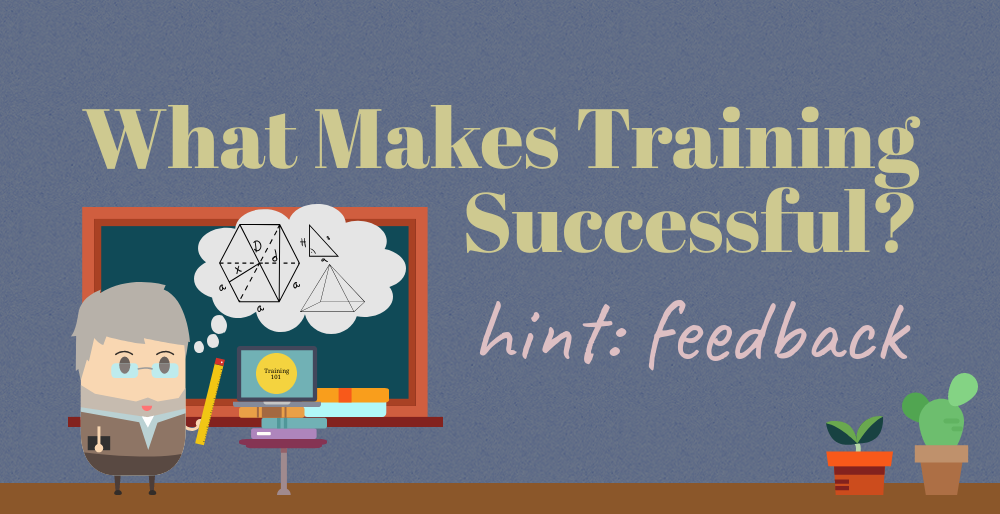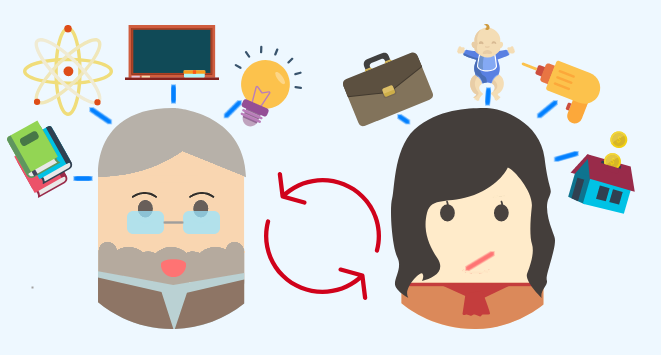Training is often viewed as something you attend (if it’s in the classroom) or review (if it’s online) and then return to your life as before – but with a few more skills. It’s considered to be a passive enterprise. Students are trained and they learn. They are simple sponges to soak up knowledge.
But good training doesn’t work like that.
Good training makes you an active participant.
Good training is reactionary. It should change depending on how you react, respond, and learn.
So how can training providers, and companies delivering internal training, improve their teachings? What can be done to make training more insightful and effective for students?
Tailor it to what they need

Similarly, if you’re delivering 5S training in a factory or an office, the examples of how it can work and success stories should match the environment. Providing examples of a beautifully transformed factory floor will just confuse office workers – how is keeping machinery clean to ensure it doesn’t breakdown relevant to them? Computers don’t require much physical maintenance, and the IT department might object to regular staff dismantling and cleaning their computer towers.
Contextualising learning enables learners to see the point of the new skill. They can visualise themselves using it and, hopefully, will be itching to return to work to see the positive impact for themselves. Failing to contextualise relies on the learner figuring out to apply it themselves, and bypasses this excitement factor, meaning they’re less likely to use it when they return to work.
Make it about the individual

Time limits are often essential for training, particularly online courses, but if students know they can pause and then resume their learning it can remove a huge source of anxiety. Nobody learns in a vacuum, everyone has a personal life, and sometimes it is not possible for people to complete a course of training in the period they initially expected. In these instances, students must be treated like people and given the support they need.
People are unlikely to have a good opinion of their training, may not be able to fully absorb the lessons or have the skills to apply them when they return to work if they are rushing to meet an arbitrary deadline when something much more important to them is happening in their personal life.
Review the impact
This brings us neatly to point three – review the impact of the training, and the student’s progress, during the training. Then make changes or adjustments as necessary.
The changes don’t have to be enormous. If students say the classroom they’re learning in is too cold, increase the temperature. If they say they didn’t really understand a topic, spend more time reviewing it with them. Getting real-time feedback from students, making learning an active experience rather than something to passively sit through, will make the information stick much better.
However, it’s not just about when students are in the classroom. Many professional training courses are delivered over a period of weeks or months, and feedback between contact dates is essential.
Here’s an example: Last year we noticed a previously active student had suddenly stopped accessing their online training course. After monitoring for a while, we contacted them and discovered they were going through a challenging time at work and at home. They said they didn’t think they’d complete the course in the access period but they’d have to just deal with that and purchase it again at a later date when things had calmed down.
While we could have let their access expire and walk away with our fee, without the student having finished their training, we didn’t feel comfortable with that outcome. We worked with them and agreed to pause their training access for six months to give them some breathing space. The result? The student returned to their training six months later and finished it with the same verve and excitement they’d started with.
So what’s the big takeaway from all this? Remember that criticisms are a gift and feedback is your opportunity to improve. People who have had their negative feedback listened to and addressed often go on to become your biggest advocates.


